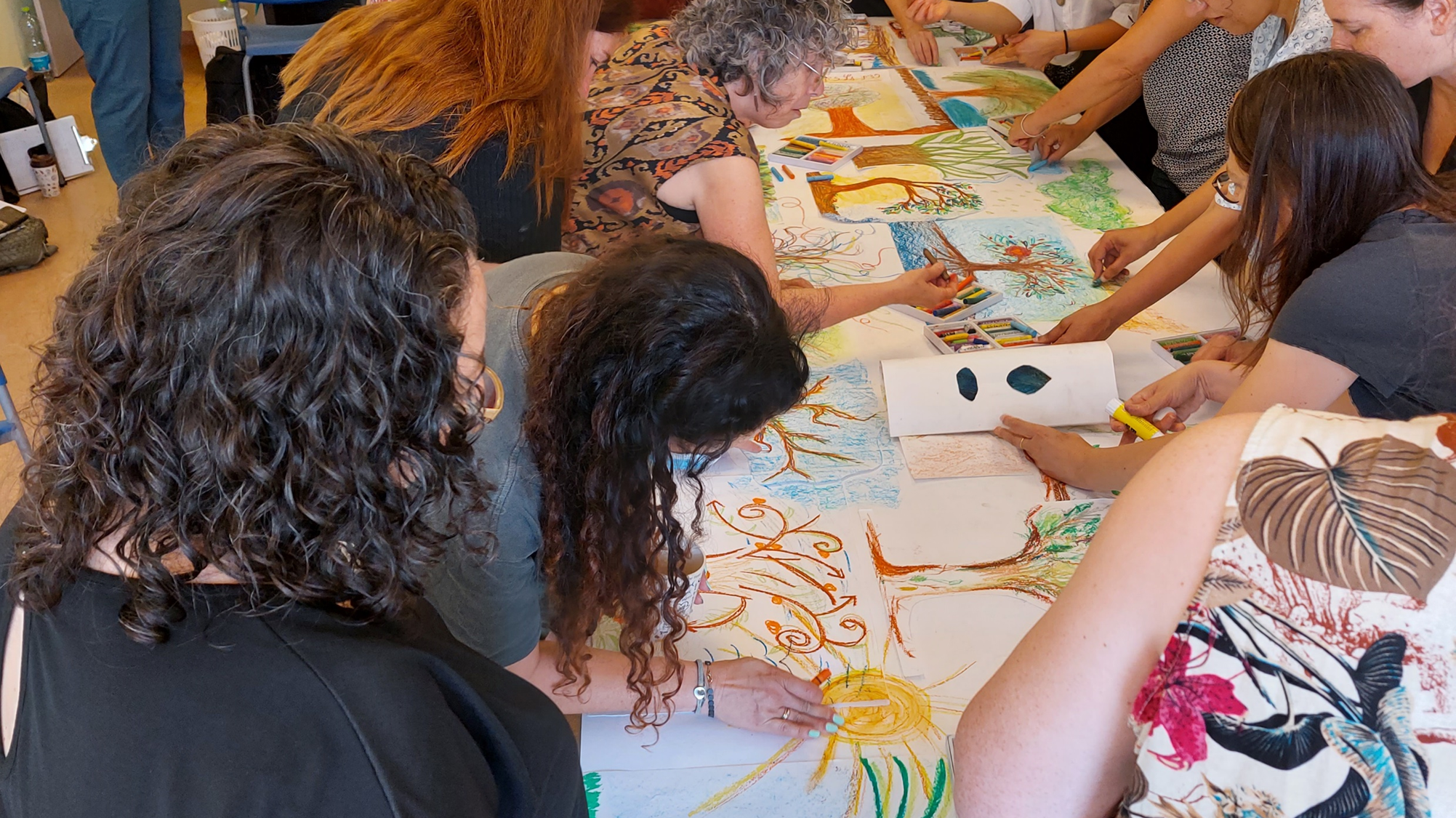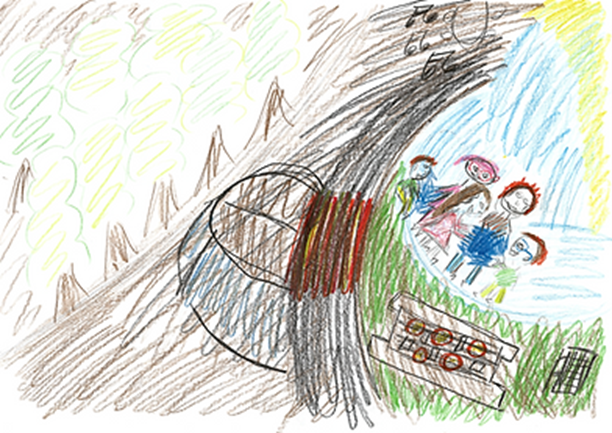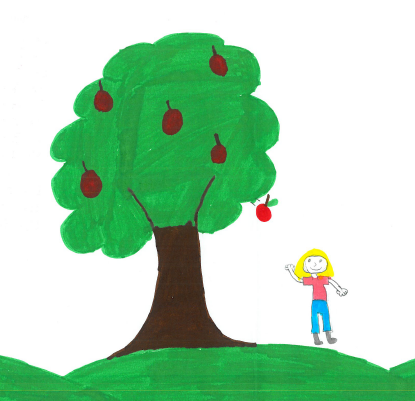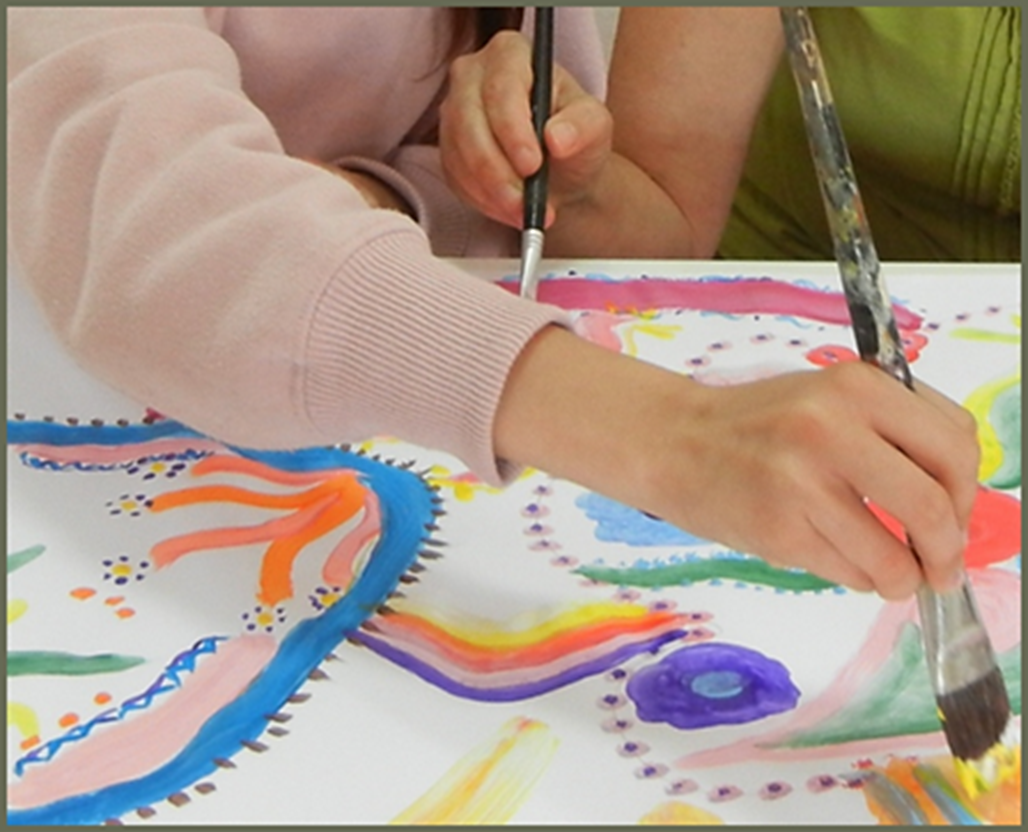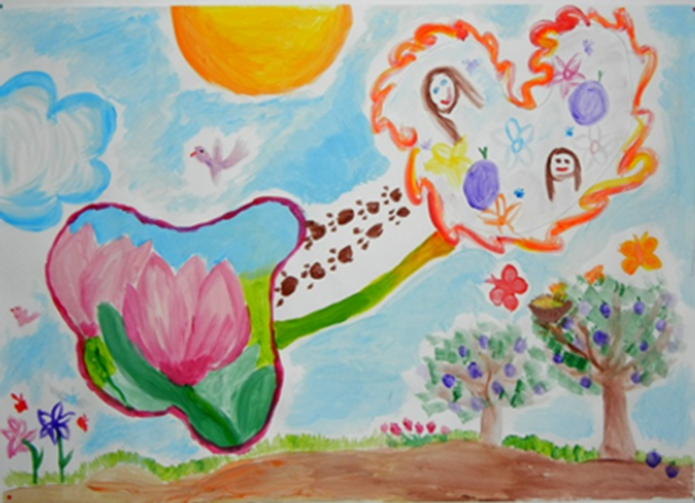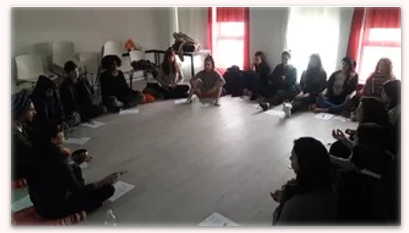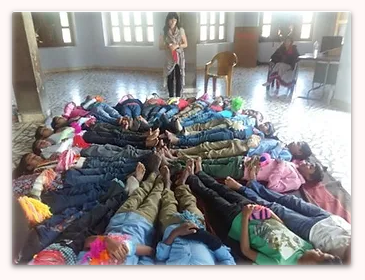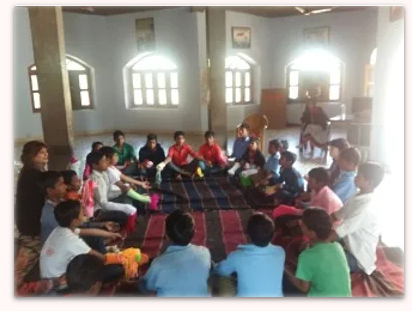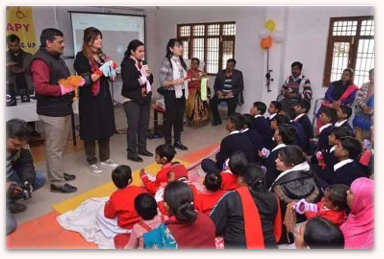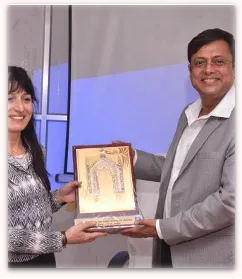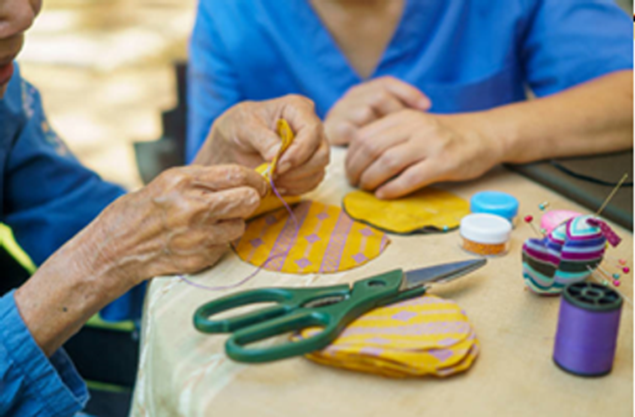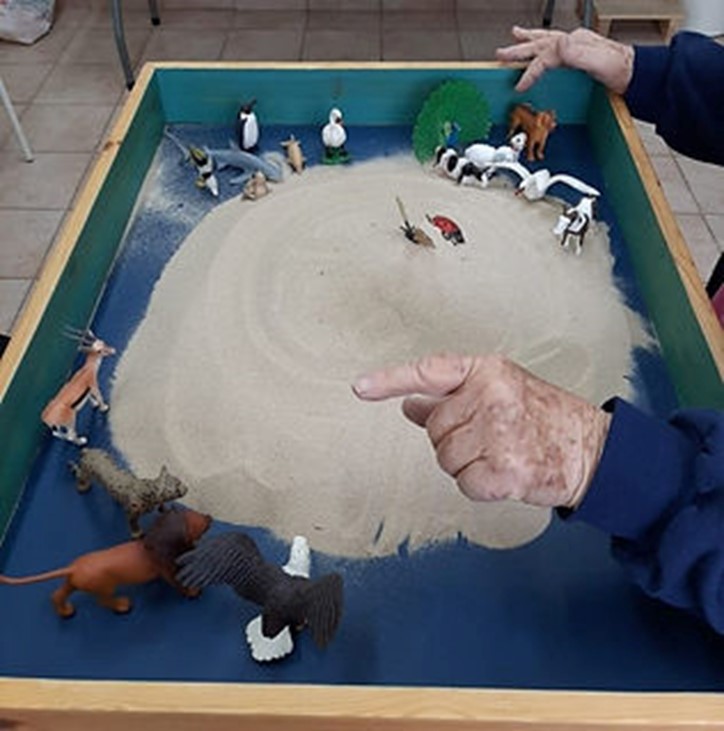About the Center
The Center's goals are to encourage interdisciplinary research collaborations in arts-based interventions, creativity and spirituality. The aim is to promote faculty and student research, and make the findings more accessible to the community at large. It encourages the expansion of the concepts of "research" and "art" in diverse disciplinary directions and examining constructs and spiritual, social, and intellectual experiences such as learning, community life, guidance, arts, personal and social change.
The fields covered by the Center include education, psychology, art therapy, drama therapy, bibliotherapy, psychotherapy, art, visual culture, social work, philosophy, history, literature, cultural studies, gender studies, etc. It is intended to be a platform for research implementing methods from the fields of the arts and spirituality. It emphasizes the creative, emotional, and spiritual sides of research and intellectual activity.
While most research and discourse in academia relate to monolithic disciplinary frameworks, the Center’s multidisciplinary artistic methodology promotes dialogue and collaborations between researchers from different disciplines. These collaborations aim to foster theoretical and practical explorations that encourage creative thinking, interventions, and research, and forefront new alternative approaches. The data come from a range of frameworks, including therapy, supervision, teaching, interviews, museum spaces, theater and performance, literature, the field of visual culture in general and art in particular, and archival materials. The role of the Center is to make this repository of knowledge accessible to students, policy makers, and the scientific community as a whole.




